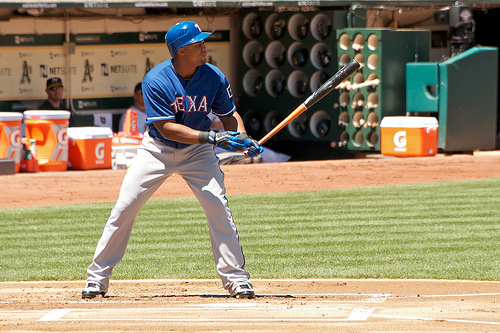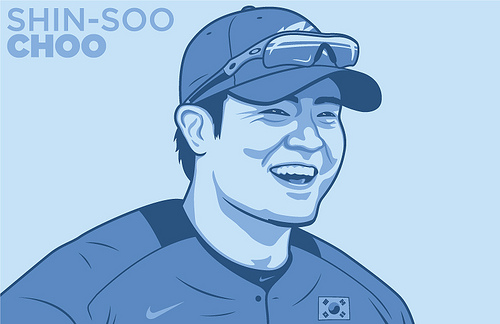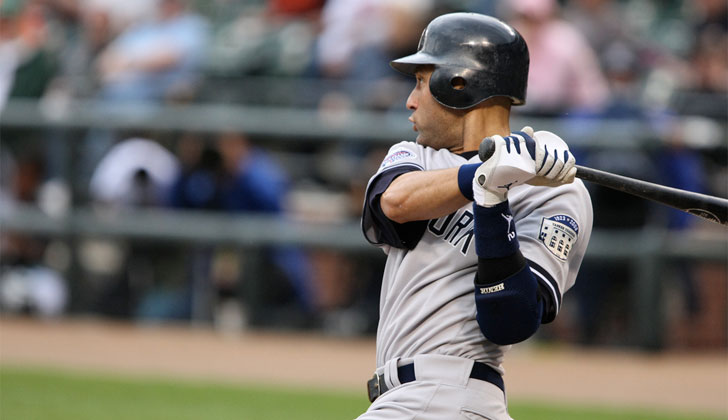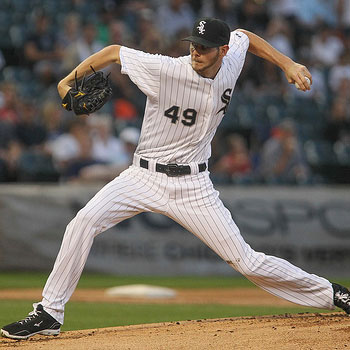I struggle to find topics to write about. Because, for me, if I don’t think a topic is interesting to write about, I don’t know how it could possibly be of interest for anyone to read. The past two weeks I’ve started and deleted several excel and word documents; I get to the point where I say to myself “this is garbage”, I take a shot of Fire Ball, and I start over.
So I aimlessly wandered around the Internet in search of a topic until I saw a picture of Shin-Soo Choo. I checked out his Fangraphs page, scrolled to last season, and saw that he had a 50 point increase in his OBP from 2012 to 2013, which is convenient for him that this happened in a contract year.
How often does a player improve his OBP this drastically? Choo increased his BB% by over five percent in one year (15.7% in 2013 and 10.6% in 2012), but should we expect this to happen again next year?
Since 2003 there have been 123 players (with a minimum of 300 at bats in each season) that have improved their OBP as much or more than Shin-Soo Choo from one season to the next. There have also been 214 instances where players have improved their OBP by 39 points or more, but we’ll focus on the top 200 hundred to keep the number round.
Highest Increases in OBP
[table id=46 /]

Many of the increases in OBP on this list turned out to be mirages of promise, but not Adrian Beltre. Photo by: Kens_Refuge
Out of the 200 players that increased their OBP the most from one season to the next, 28 of those players’ OBPs continued to go up or staid the same in the third season, 39 players didn’t play in the third season—they either retired, did not accumulate enough playing time in the third season to qualify, or they played in 2013 and their fate remains to be seen—and 132 players had their OBP go down.
What concerns us most, to see if we can expect Choo’s OBP to stay the same or increase in 2014, are the 28 players in the last decade that had as big or bigger of an improvement in OBP from one season to the next as Choo did from 2012 to 2013, and replicated or improved on that success in the third season.
These are those 28 players: Chris Davis (2012), Nelson Cruz (2009), Mike Lowell (2006), Robinson Cano (2009), Marlon Byrd (2007), Pat Burrell (2004), Miguel Cabrera (2009), Carlos Gonzalez (2009), Omar Infante (2008), Paul Konerko (2004), Mark DeRosa (2006), Lyle Overbay (2008), Jayson Werth (2012), Jason Bay (2008), Joey Votto (2009), Nick Swisher (2006), Yadier Molina (2007), Morgan Ensberg (2005), Brandon Phillips (2006), Chris Snyder (2007), Mike Lamb (2006), Scott Hatteberg (2006), Alex Rios (2006), Troy Tulowitzki (2009), Bill Hall (2005), Chase Headley (2011), Coco Crisp (2004), Jose Reyes (2006). The year listed is the middle year in the three year run.
Two primary groups of players emerge when we look at these players. The first group is made up of players in the formative parts of their careers: Joey Votto and Yadier Molina. The second group is the player who develops power that he did not have in the previous season: Chris Davis and Robinson Cano.
Shin-Soo Choo doesn’t fit into either of these groups; he’s not developing as a player anymore, and he didn’t manage to hit more homeruns than he ever has before like Chris Davis did in 2012 and 2013.
But there is also a third group of players: uncategorized. The players in this group are Mark Derosa, Mike Lamb, and Morgan Ensberg. Players that it would be foolish to use inference and try to come up with a reason why they played well all of a sudden.
Let me borrow a metaphor that Nicholas Nassim Taleb uses in the Black Swan. Imagine a cube of ice on the floor. Now imagine it melt into a puddle. See it in your head transform from a cube with perfectly distinct and symmetric sides gradually melt, precipitate moisture, and divulge into a puddle on the ground. Easy enough, right?
Now, try and picture a puddle of water on the ground and picture it develop into an ice cube. It not as easy, is it? I mean I don’t even want to try and right about it.
This metaphor just shows that even though we know what happened in the past, that doesn’t mean we know why it happened.
Derosa, Lamb, and Ensberg aren’t Shin-Soo Choo. But that doesn’t mean that Choo won’t fall into the third group of players that we cannot explain.
It’s seems unlikely that Choo will have as good of year last year as he did this year when it comes to his BB%, but now that he calls the Ball Park in Arlington his home, there still needs to be an additional recalibration for his projected numbers. Beyond Choo, this exercise shows that unless an improvement in walks comes from a player in development, or a batter that changes his approach to generate more power, we should be skeptical about his outlook for the next season.
 Devin Jordan is obsessed with statistical analysis, non-fiction literature, and electronic music. If you enjoyed reading him, follow him on Twitter @devinjjordan.
Devin Jordan is obsessed with statistical analysis, non-fiction literature, and electronic music. If you enjoyed reading him, follow him on Twitter @devinjjordan.

























